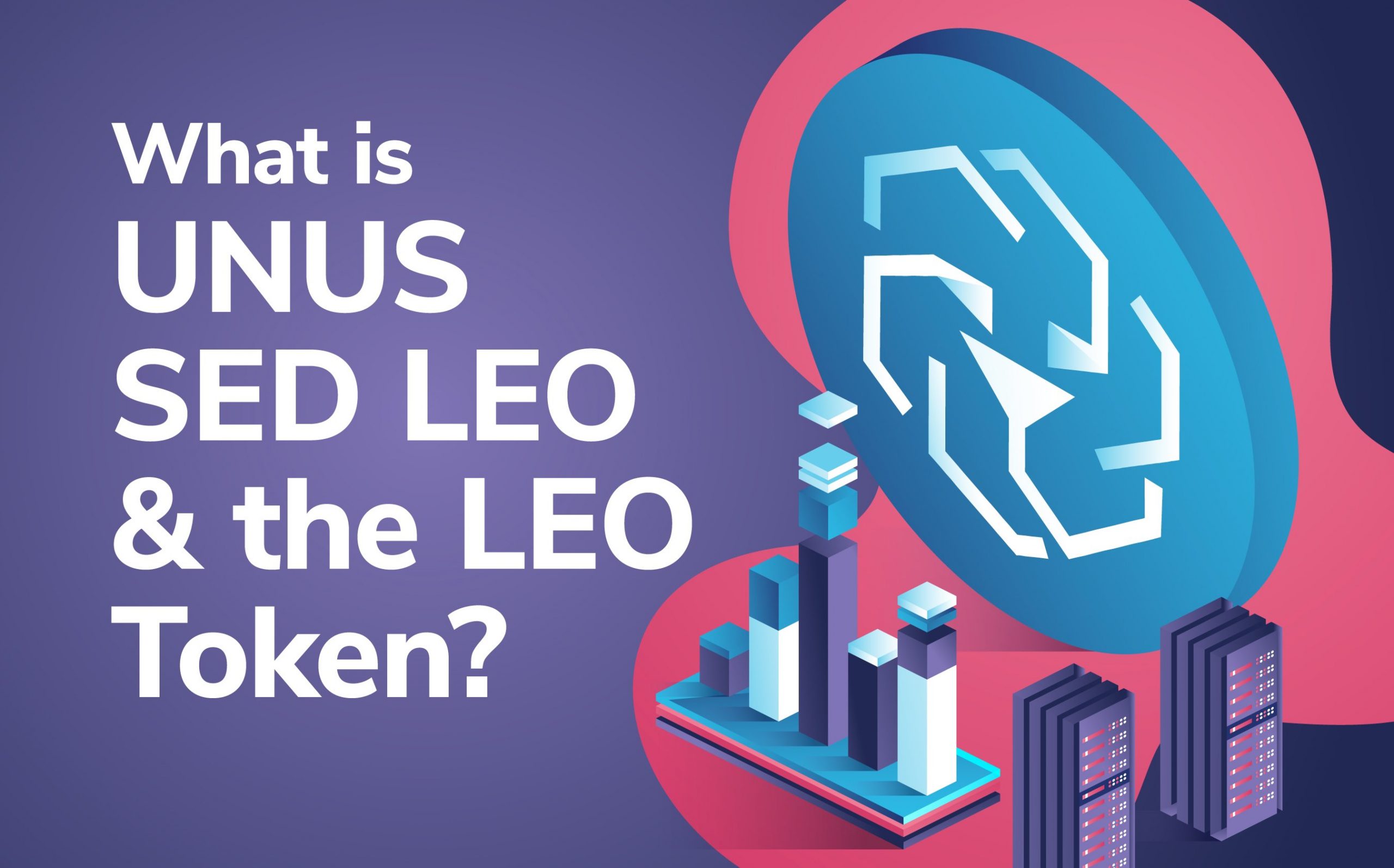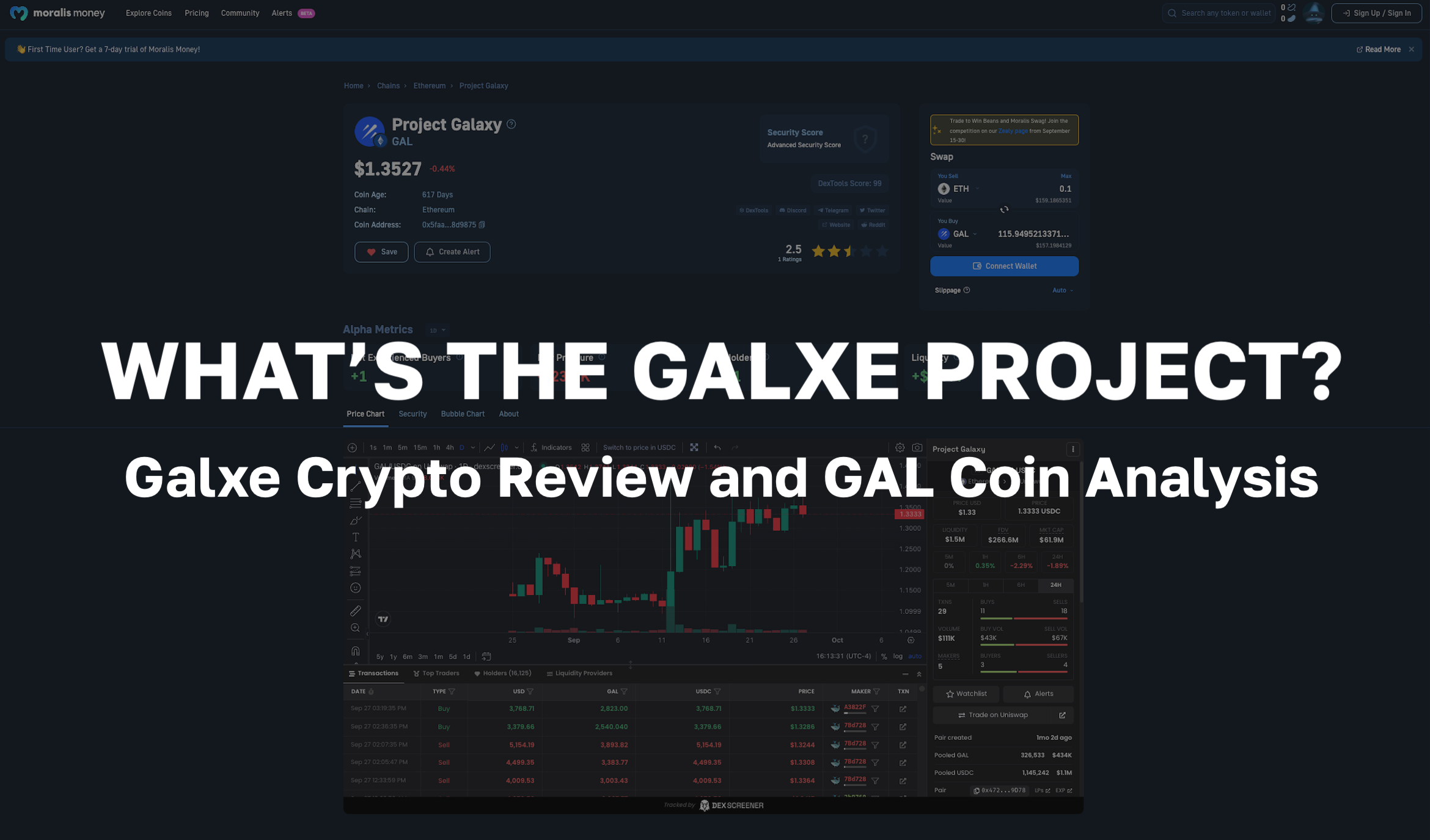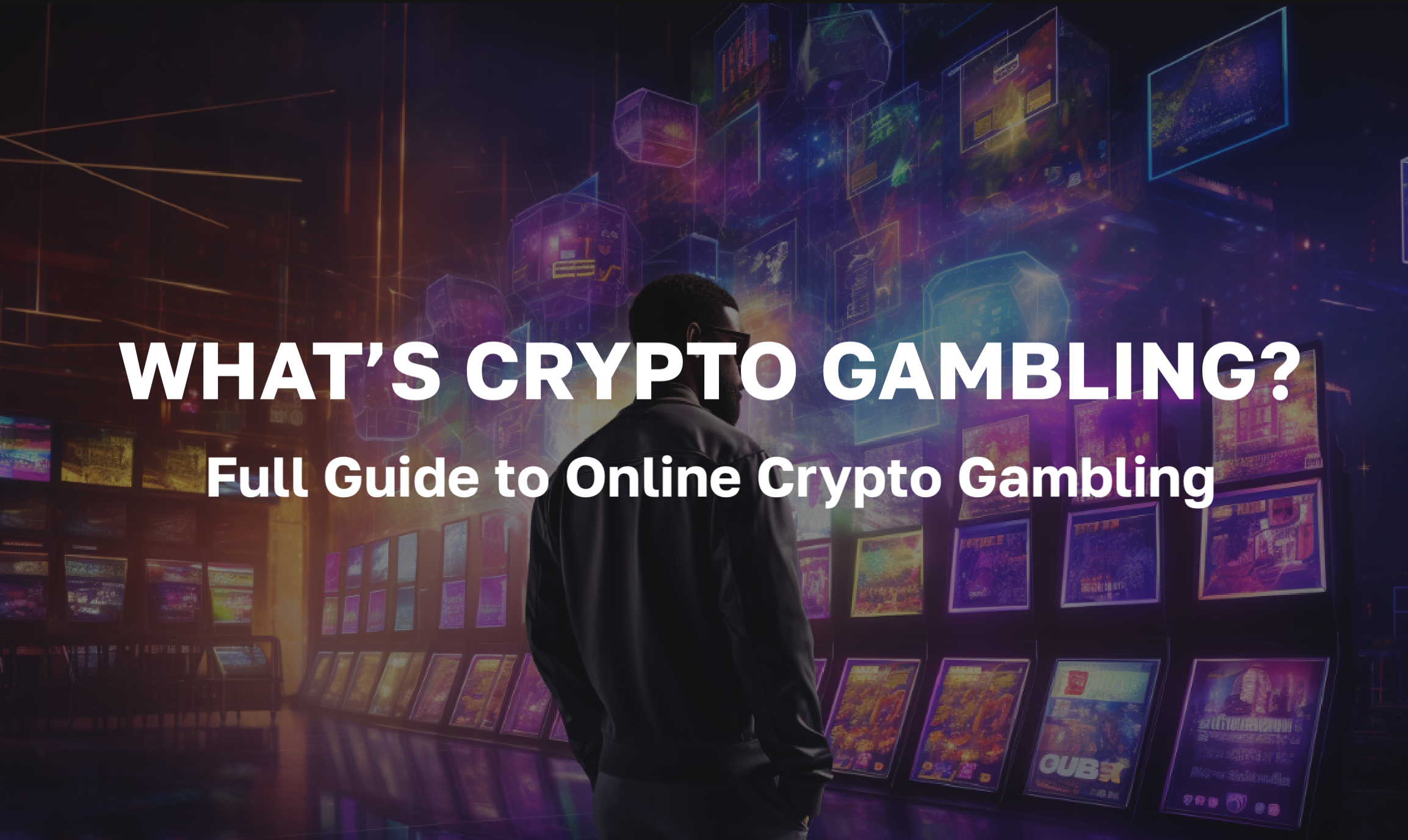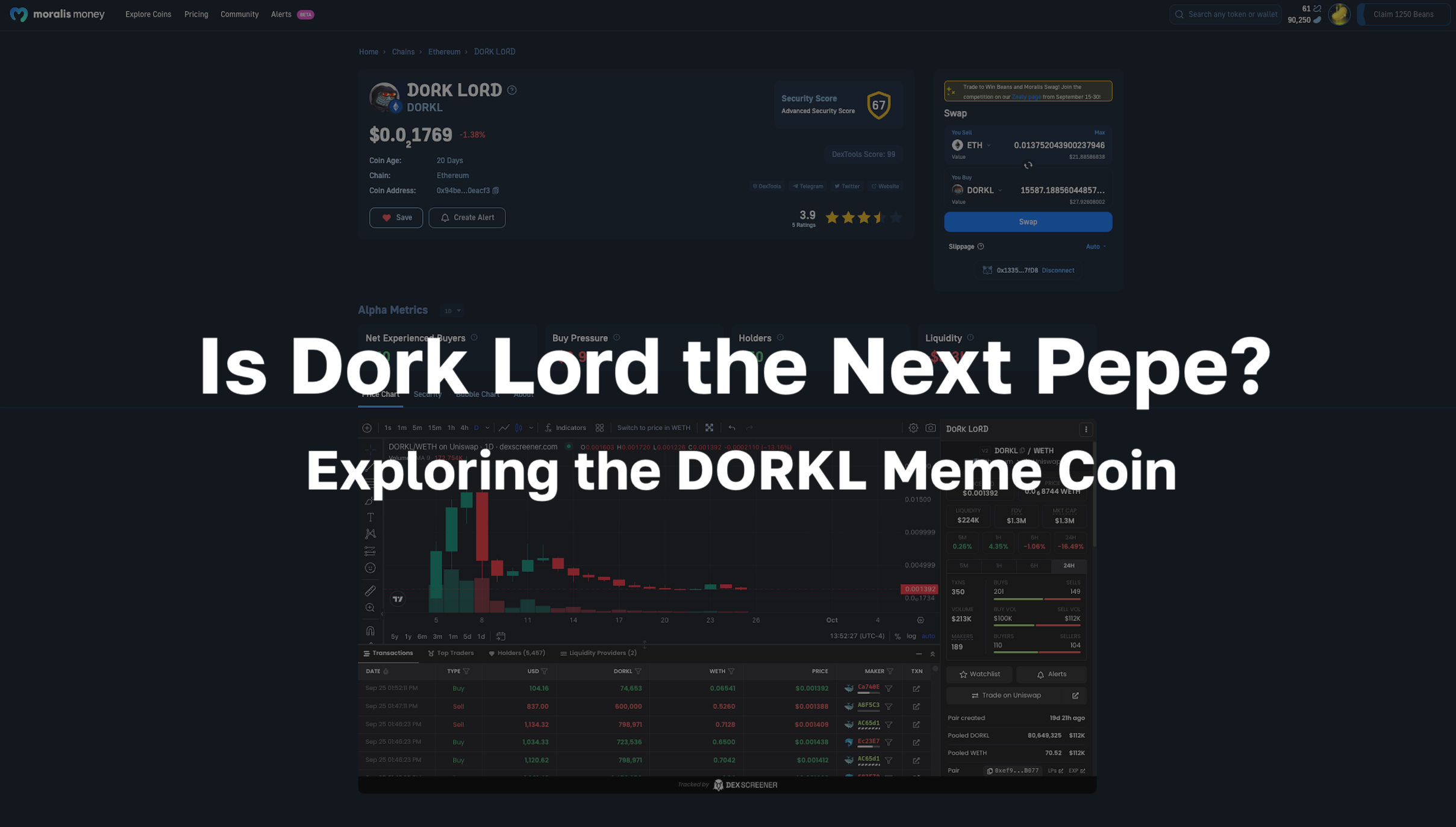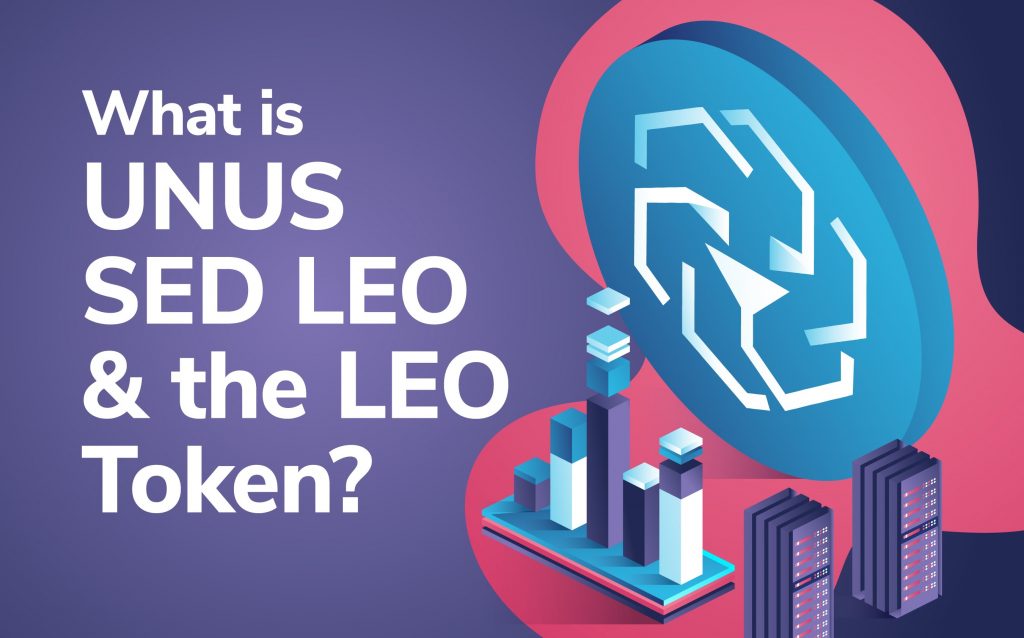
UNUS SED LEO (LEO) is a utility token that was created to reimburse funds lost when $850 million was seized from one of the largest cryptocurrency exchanges in the world, Bitfinex. This caused a great deal of controversy regarding centralized exchanges and the custody of assets. The parent company of Bitfinex is iFinex. The Bitfinex LEO token is used to reduce trading and lending fees throughout the expanding iFinex ecosystem, which now includes product offerings such as the “Hodl Hodl” decentralized exchange (DEX).
In this article, we’ll explore the UNUS SED LEO token and its utility within the iFinex ecosystem and the Bitfinex centralized exchange. Also, we’ll discuss the origins of the LEO token and how it was designed to help restore the reputation of the Bitfinex exchange. Plus, we’ll look at the Hodl Hodl decentralized exchange (DEX).
For our readers yet to invest in cryptocurrency, be sure to check out our Crypto Basics course! We show students the safest way to create a crypto exchange account, trade, and store investments in a cold storage wallet. Plus, you’ll learn a few tips about how to recognize and avoid crypto scams!
Also, our Bitcoin Monetary Revolution course is the best place to learn about the true value propositions of blockchain technology. Here, you’ll learn about the history of money and the infrastructure of today’s traditional banking sector. Join an engaging community of like-minded people, at Ivan on Tech Academy!
What is UNUS SED LEO?
The UNUS SED LEO token (LEO) is a multi-utility token designed with three primary functions. Firstly, it was created to replace funds lost during an exploit of the Bitfinex centralized exchange. Secondly, the token is designed to create opportunities for customers of the Bitfinex exchange. Thirdly, the Bitfinex LEO token will be used for the continued development of the iFinex ecosystem.
iFinex
iFinex Inc., known as iFinex, is a financial technology company based in the British Virgin Islands. The iFinex ecosystem is responsible for the operation of the cryptocurrency exchange that goes by the name of Bitfinex. The LEO token works much like Binance Coin (BNB), in that it reduces trading fees and provides additional perks for users of the Bitfinex exchange.
iFinex began operating in 2012 under the Bitfinex brand. The Bitfinex exchange has been one of the longest-standing centralized exchanges in the crypto space. The company has a strong focus on innovation, scalability, and progress, with the aim of accelerating the crypto industry to help achieve mass adoption.
Following a great deal of innovation and development, the iFinex ecosystem and the Bitfinex exchange aim to make cryptocurrency trading fast, simple, and legally compliant.
UNUS SED LEO Ethos
The Latin phrase “Unus Sed Leo”, is derived from a Latin fable called “The Sow and the Lioness”. This fable essentially describes a female swine bragging about how many offspring she has produced to a lioness, who has just produced one lion cub. When the swine asks the lioness how many offspring she has produced, the lioness replies, “One - but a lion”.
The emphasis on quality over quantity combined with individual strength is what underpins the ethos of the project. This motto can be observed in practice throughout many parts of the iFinex ecosystem. For example, the company is privately owned and claims to command the highest levels of quality from recruitment to operational infrastructure.
Why Was the UNUS SED LEO Token Created?
In 2018, $850 million worth of assets were seized from the Bitfinex exchange. iFinex, the parent company of Bitfinex, was accused of illegally transferring these funds to global payments processor Crypto Capital Corp., before attempting to conceal the loss with Tether (USDT).
The issuer of the USDT, the most widely used stablecoin, is Tether Ltd., which is also owned by iFinex. This caused a great deal of controversy around the Bitfinex exchange. Also, it highlighted many of the trust issues surrounding centralized exchanges and custody of assets. As a response to this situation, the UNUS SED LEO token was created to cover the deficit.
LEO Token Initial Exchange Offering (IEO)
The creation of the UNUS SED LEO token was a direct solution to the problem surrounding the absence of $850 million, which caused trading to cease on the Bitfinex centralized exchange.
The UNUS SED LEO token (LEO) was launched in May 2019 on the Bitfinex exchange following a 1-day initial exchange offering (IEO). During this IEO, $1 billion was raised following the sale of one billion freshly minted LEO tokens. The starting price was $1 per token. Furthermore, the Bitfinex LEO token launch took a novel dual-chain approach. This meant releasing 660 million tokens on the Ethereum blockchain, and 340 million tokens on the EOS blockchain.
This dual-token model has several benefits. Firstly, it provides flexibility and interoperability for LEO token holders. Secondly, it supports two different communities and ecosystems. Thirdly, it enables the token to be utilized in a wider range of decentralized exchanges (DEXs) and decentralized applications (dApps).
By providing utility to two of the most valuable smart contract-enabled blockchains in the industry, the UNUS SED LEO token can easily be integrated into existing applications. Also, this dual token model removes much of the friction experienced with cross-chain activity. This is because the token provides versatility beyond its primary function as a utility token for the Bitfinex centralized exchange.
Moreover, Bitfinex acts as a bridge between Ethereum and EOS, enabling the LEO token to be converted between the two protocols. This allows the token to be used in both ERC-20 and EOS token standards.
LEO Token Burning
The supply of LEO tokens is consistently reduced via the Bitfinex LEO token burning mechanism. Burning tokens regularly helps to reduce the supply, while demand increases. The aim of token burning is for the price of the LEO token to increase, and for the asset to become more scarce as it gains adoption.
Furthermore, Bitfinex allocates 27% of its profits to token buy-backs for burning. A comprehensive and transparent record of token purchases and burns is available via the Bitfinex dashboard.
LEO Token Performance
Shortly after the IEO listing, the UNUS SED LEO token increased in value. By June 2019, it was trading at around $1.98. This was aided by the listing of the LEO token on the OKEx exchange. Following this, the token fell to below $1 during October of the same year. However, the price of the token rose back above $1 at the end of March 2020. Since this time, it has not dropped below the initial sale price.
During the peak of the crypto bull run between February-May 2021, the LEO token reached an all-time high of $3.92. At the time of writing, the UNUS SED LEO token is trading at around $2.68, with a market cap of $2.5 billion. This places the LEO token as the 39th largest cryptocurrency by market cap according to CoinGecko.
If you’re interested in trading cryptocurrencies, be sure to see our Technical Analysis 101 course at Ivan on Tech Academy! We teach students why and how to remove emotions from trades. Also, students learn how to identify candlesticks patterns and trading indicators, plus, how to determine probabilistic outcomes when trading.
Then, our DeFi 101 course teaches you how to install and navigate the most-used Web3 wallet in existence, MetaMask. We show students how to interact with major DeFi platforms, and how to earn a passive income with DeFi. Start your crypto journey the right way, with Ivan on Tech Academy!
LEO Token Holder Benefits
The UNUS SED LEO utility token provides several benefits to its holders. The LEO token operates in a similar way to the BNB Coin of the Binance ecosystem. It is used as an “internal utility token” for the Bitfinex exchange. Moreover, LEO token holders with a Bitfinex or Ethfinex account can benefit from a range of trading discounts when using the token. This includes a 15% reduction on commission fees when trading any token pair, including stablecoins. The minimum requirement for being eligible for this discount is one LEO token.
Furthermore, LEO token holders will receive up to a 5% discount on peer-to-peer lending fees. This begins at a 0.05% discount that accrues monthly for every 10,000 USDT worth of LEO tokens a holder has. Holders receive the maximum 5% discount when holding one million USDT worth of LEO tokens for at least a month. Also, takers who store over 5,000 USDT receive a commission rate reduced by another 10%, creating a total saving of 25%.
Moreover, Bitfinex affiliates can also benefit when their referrals hold LEO tokens, receiving multipliers of referral rewards. For referrals holding 500 USDT worth of LEO, the affiliates receive a 1.1x multiplier. This increases when referrals hold 5000 USDT worth of LEO tokens, to a 1.2x multiplier, with a top tier 1.5x multiplier for referrals holding 50,000 USDT or more in LEO tokens.
LEO Token Wallets
As the UNUS SED LEO token was issued on both Ethereum and EOS, it is supported by a wide range of crypto wallets. This includes wallets tied to centralized exchange accounts, as well as non-custodial wallets.
That being said, to receive discounts on trading fees, the LEO token must stay within the Bitfinex exchange. However, the LEO token is supported by multiple crypto wallets. This includes MyEtherWallet, imToken, Jaxx, MetaMask, Trezor, and the Ledger Nano S.
While this brings utility to the token for users of the Bitfinex exchange and the iFinex ecosystem, it does raise concerns regarding centralized custody for some crypto traders. Furthermore, this is compounded by the skepticism surrounding the USDT reserves held by the company.
Bitfinex x Hodl Hodl
Bitfinex has also branched out into decentralized finance (DeFi) after purchasing a stake in the Hodl Hodl decentralized exchange (DEX). Hodl Hodl is a global, non-custodial, peer-to-peer Bitcoin trading platform that supports multiple currencies. Rather than holding custody of assets, Hodl Hodl locks funds in multi-sig escrow. This helps remove the need for know your customer (KYC) regulations and other compliance procedures.
Using Hodl Hodl, traders can swap assets freely without intermediaries. Also, Hodl Hodl provides lending and private transaction services. This comes after moves towards the world of DeFi from other major centralized exchanges such as Binance and FTX.
Unlike many DeFi applications that rely on smart contract-enabled blockchains, Hodl Hodl operates on the Bitcoin blockchain. Also, with the introduction of the Lend borrowing facility, Hodl Hodl has the potential to facilitate enterprise-scale liquidity. Plus, with the use of Bitfinex’s application programming interface (API), Hodl Hodl can automatically convert bitcoin into stablecoins.
UNUS SED LEO Token (LEO) Summary
The launch of the UNUS SED LEO token has been met with mixed opinions. However, despite the dubious circumstances that brought about the release of the UNUS SED LEO token, the performance of the LEO token may go some way to restoring the reputation and image of the Bitfinex exchange and other centralized exchanges. Although, many could still be reluctant to place too much faith in centralized exchanges following such a loss.
That being said, the continued development and expansion of the iFinex ecosystem indicates that the company is keen to push ahead to become a key player in the future of crypto and decentralized finance (DeFi) with the stake placed in the Hodl Hodl decentralized exchange (DEX) and the success of the LEO token.
To discover how blockchain operates on a technical level, be sure to check out our Blockchain & Bitcoin 101 course! We cover everything block by block, from mining nodes to UTXOs and more! Then, our Ethereum 101 course is ideal for learning about smart contracts, decentralized applications (dApps), and decentralized finance (DeFi). Ivan on Tech Academy offers a wealth of blockchain-related educational material, delivered through engaging videos and interactive learning styles.
Plus, our student community forum is the best place to go if you get stuck. We have a dedicated support team waiting to answer your questions! Get started today with a 14-day money-back guarantee! Also, don’t forget to follow us on Twitter @Academy_IOT! We’d love to know your thoughts about the UNUS SED LEO token!
